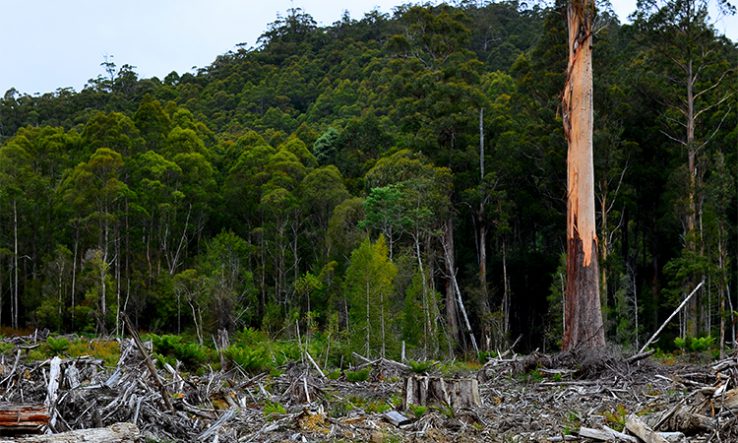
Image: Melissaaubrey1981 [CC BY-SA 3.0], via Wikimedia Commons
Researchers welcome Australian conservation action plan but call for more resources to protect threatened species
Australian researchers have welcomed a national “no extinction” target for native species but questioned whether there will be enough resources to back it up.
The Threatened Species Action Plan 2022-32, released on 4 October by environment minister Tanya Plibersek, includes new targets for Australia’s environment, including no further extinctions. It adds 10 species to the “imminent extinction” list and includes a commitment to “protect and conserve more than 3 per cent of Australia’s land mass”, along with promising “contemporary, fit-for-purpose conservation planning approaches”.
However, several leading researchers said that increased funding would be crucial.
Euan Ritchie, a professor of wildlife ecology and conservation at Deakin University, said that “the plan as it stands falls well short of what’s needed to arrest and turn around Australia’s devastating and shameful conservation record and biodiversity decline and extinction crisis. This is deeply frustrating given our dependence on the environment, which powers our economy and provides enormous social and cultural benefits.”
He added: “Preventing further biodiversity decline and extinction won’t be achieved by continuing with piecemeal funding allocations, environmental laws that are weak and often not enforced, and nor by continuing to support and approve destroying the homes of threatened species. If we want to genuinely turn things around, all levels of government will need to work together to prevent and correct the causes of environmental decline and species extinctions.”
Global biodiversity crisis
Paul Sunnucks, who works with the Wildlife Genetic Management Group at Monash University, said the plan was a “welcome move”, but he added: “The level of resourcing is currently not apparent, but an initial solid investment of A$224.5 million on the Saving Native Species programme is indicated. More resources may be forthcoming—for perspective, Australians spend about five times as much annually on dog-grooming products,” he said. His comments were backed by Sarah Bekessy, an RMIT University conservation scientist whose team has estimated that around A$2 billion a year is needed to “turn things around for our threatened species”.
Grant Hamilton, an associate professor of ecology at Queensland University of Technology, said that “the protection of biodiversity has been underfunded in Australia for many years and we are part of the global biodiversity crisis”.
“We need to realign away from just preventing extinctions to the widespread support and expansion of important habitat to enable the growth of threatened populations, and integrating new technologies to help survey large areas to improve management,” he said.
Among the plan’s research targets are the creation of tools to help reduce threats to native species and new monitoring standards for “priority species”. The plan says that “with real-time access to the best available information, and with the right tools, we can target actions most likely to succeed in order to recover priority species and restore priority places”.
The plan foregrounds the contribution of science to conservation, saying that “researchers and scientists inform robust and evidence-based decision-making, which helps prioritise the actions needed to support species recovery”.
Identification of threatened species, better understanding of climate change and improvement of the “insurance collections” of plant species are among the plan’s specific research goals.